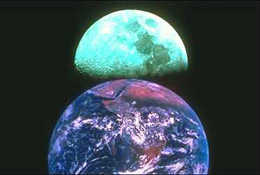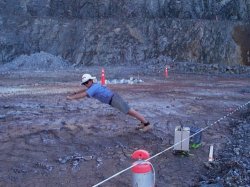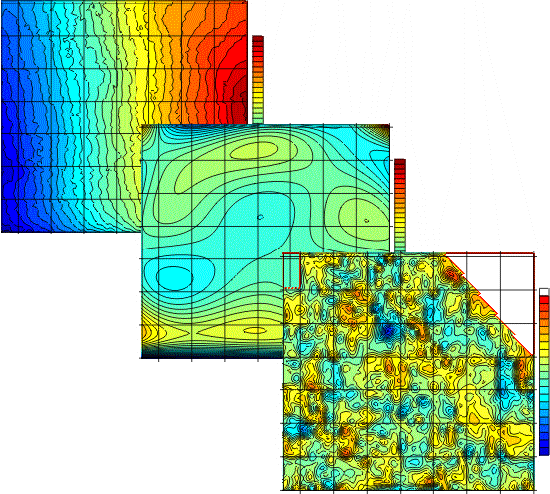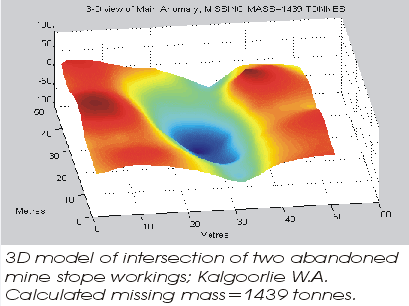What is gravity?
Gravity holds us to the ground. It governs motion throughout the universe and keeps the Moon in orbit around the Earth, and the Earth in orbit around the Sun. The nature of gravity was first scientifically described by Sir lsaac Newton more than 300 years ago.
Where does gravity come from?
Newton established that all objects, however small or large, have gravity. He noted that small objects have less gravity than large objects and that the force of attraction diminishes rapidly as the objects move apart.
Newton's research led to the Universal law of Gravitation.
Gravity measurement units
The earth’s gravity is an acceleration generally between 9.78 and 9.83 metres per second per second. These units are too large to be useful so the gal is used, this being 1 centimetre per second per second. Regional gravity surveys use the milligal as the unit of measurement whilst microgravity surveys are conducted in microgals. The Earth's gravity is about 983,000,000 microgals, whilst microgravity surveys generally map anomalies of between 5 and 200 microgals.
The Earth's gravity
 The force of gravity over the surface of the Earth is not constant. For it to be so the Earth's composition would have to be perfectly uniform and it's shape perfectly spherical. The Earth would have to be beyond the influence of other heavenly objects. Fortunately for us, and the clients for whom we work, gravity is discernibly variable even over very small distances.
The force of gravity over the surface of the Earth is not constant. For it to be so the Earth's composition would have to be perfectly uniform and it's shape perfectly spherical. The Earth would have to be beyond the influence of other heavenly objects. Fortunately for us, and the clients for whom we work, gravity is discernibly variable even over very small distances.
The gravity at any point on the earth is the cumulative effect of many influences. At the poles, gravity is more than at the equator because the polar regions are 21km closer to the centre of the earth. Mountains can be 8km further from the centre of earth than the oceans, and these too experience less gravity. Daily, the moon passes overhead, as does the sun. Between them the sun and moon produce two tides a day, which cause the Earth to bulge and gravity to change. Geological formations result in changes to sub-surface density and therefore mass. Newton showed that gravity is directly proportional to mass and consequently, higher gravity is observed over denser strata.
Data acquisition
Microgravity data is gathered under a rigorous quality control system using field quality control software to assess data as it is gathered. Data is normally returned by email to the lab for processing. It is normal practice to forward model each potential application, This provides valuable data to the specifier and  indicates whether the deployment of microgravity is appropriate. Experience shows that most features of engineering significance are detectable with microgravity, but forward modelling enables the limits of detectability to be calculated for each site.
indicates whether the deployment of microgravity is appropriate. Experience shows that most features of engineering significance are detectable with microgravity, but forward modelling enables the limits of detectability to be calculated for each site.
On a lighter note, acquisition is not always straightforward and in certain areas strange gravity effects have been observed!
Gravity plans
This series of plans shows how gravity data is reduced. The Raw Bouguer plan (top) has regional geological and terrain effects (central figure) removed from it resulting in the finished Residual Bouguer plan.

Gravity modelling
Residual gravity plans can be used very simply to show the location of caves and underground passages. However, the power in the method lies in the post- processing modelling. This series of techniques reveals the depth of features, their volumes and their approximate shapes. A major use of the technology in engineering is the calculation of grout volumes in void stabilisation works.
Gravity holds us to the ground. It governs motion throughout the universe and keeps the Moon in orbit around the Earth, and the Earth in orbit around the Sun. The nature of gravity was first scientifically described by Sir lsaac Newton more than 300 years ago.


